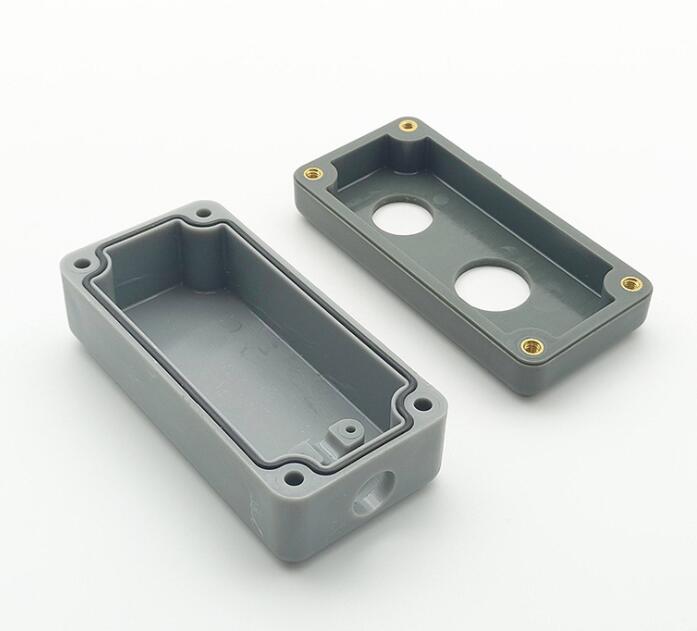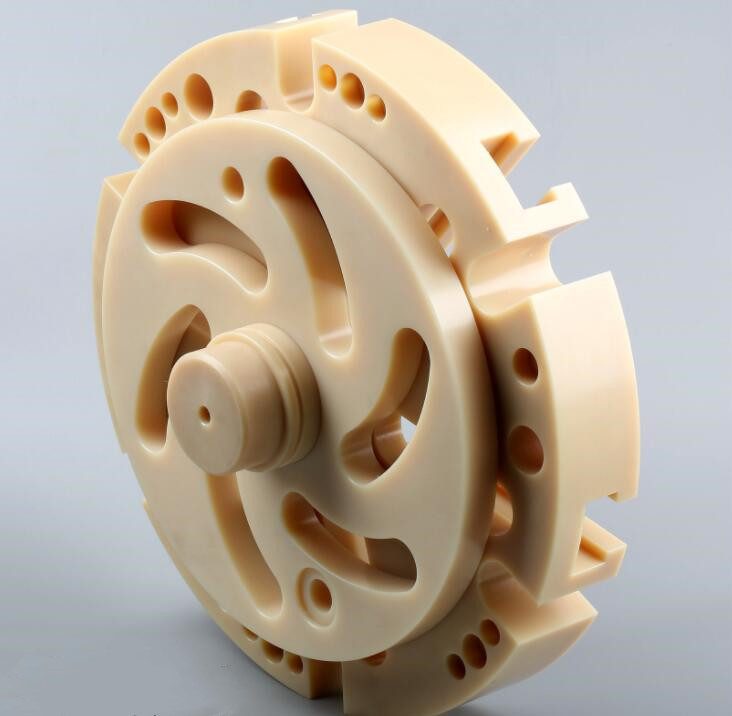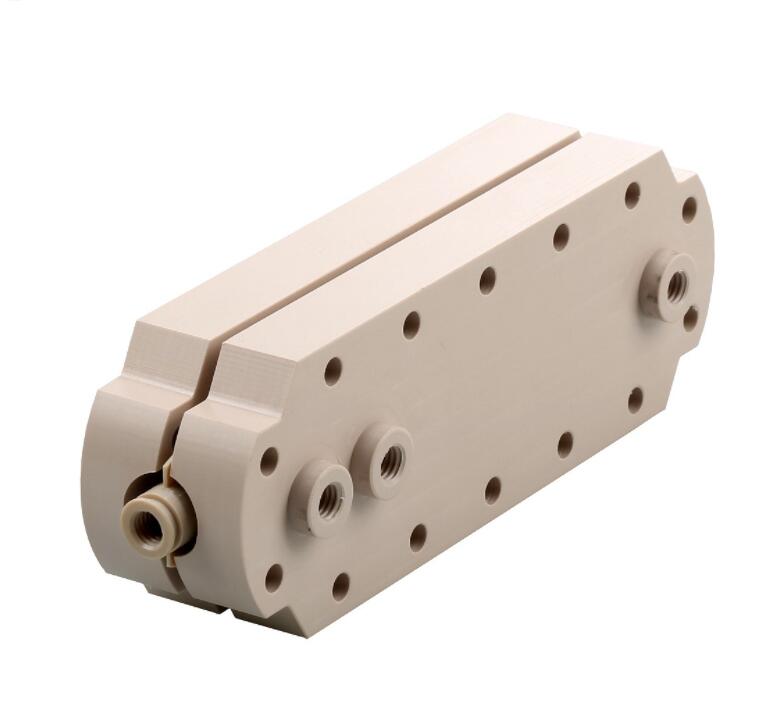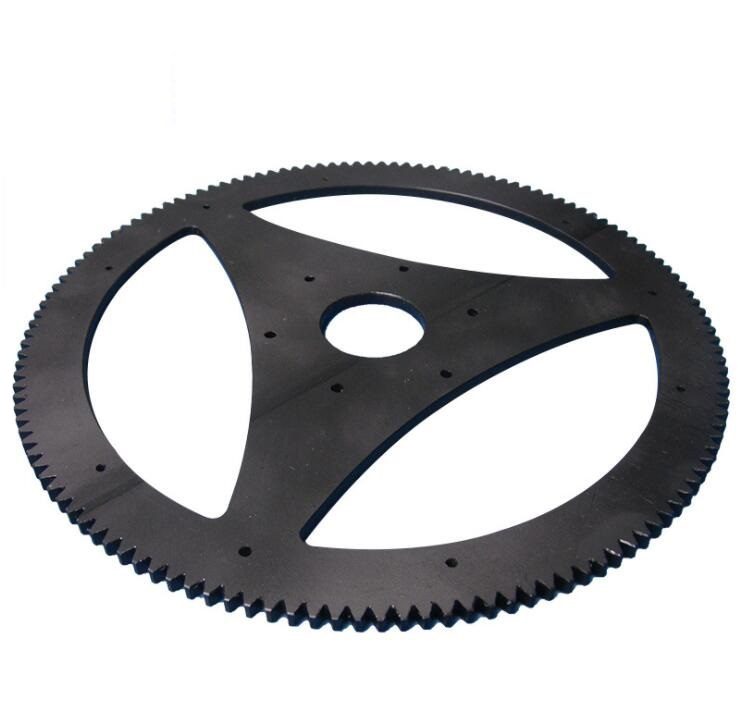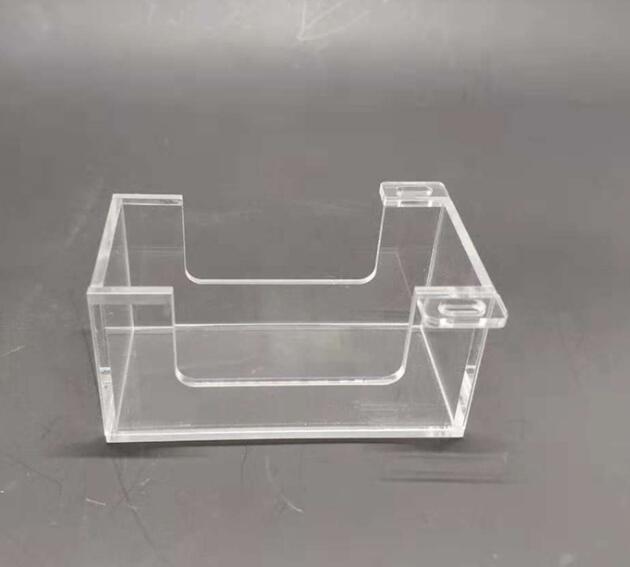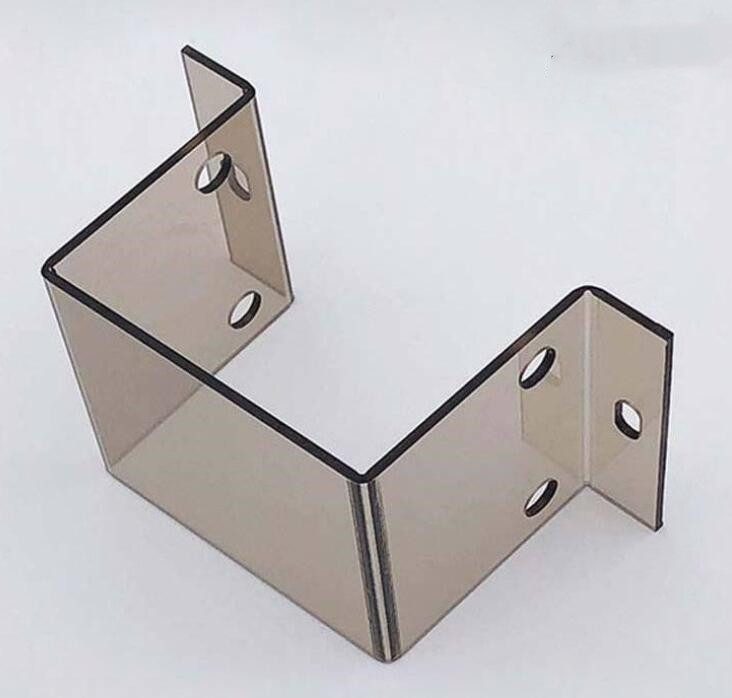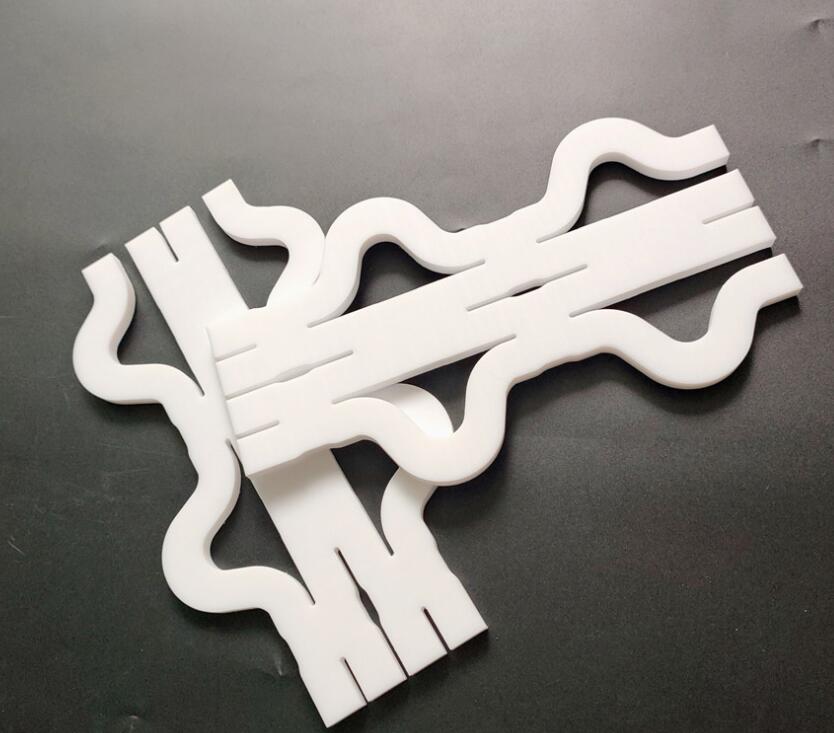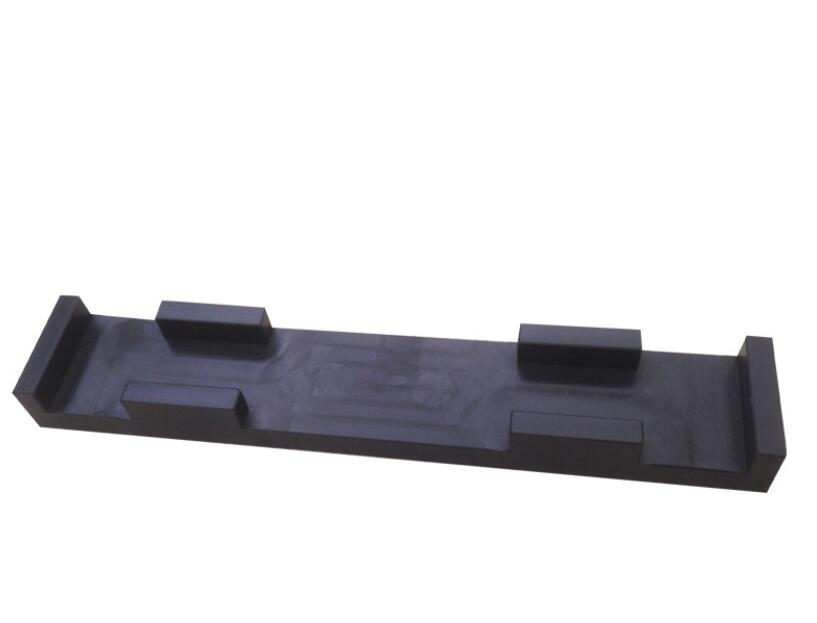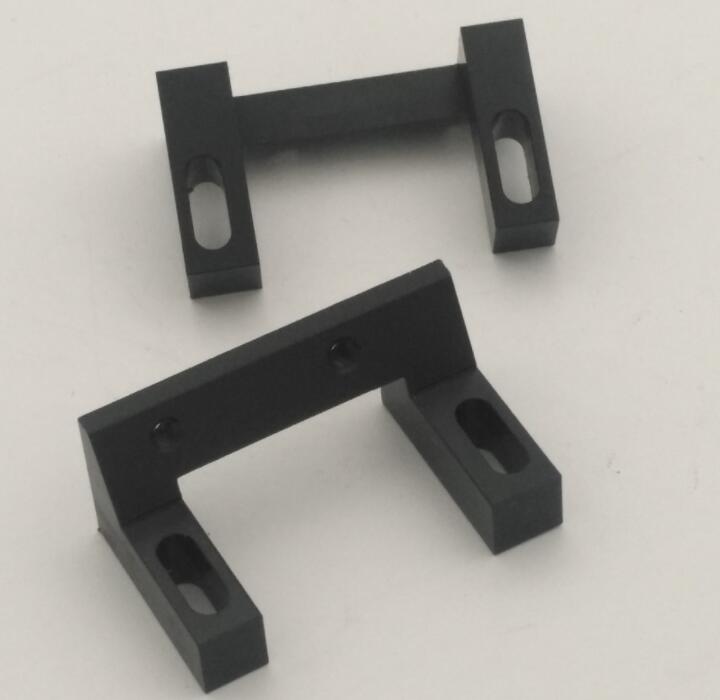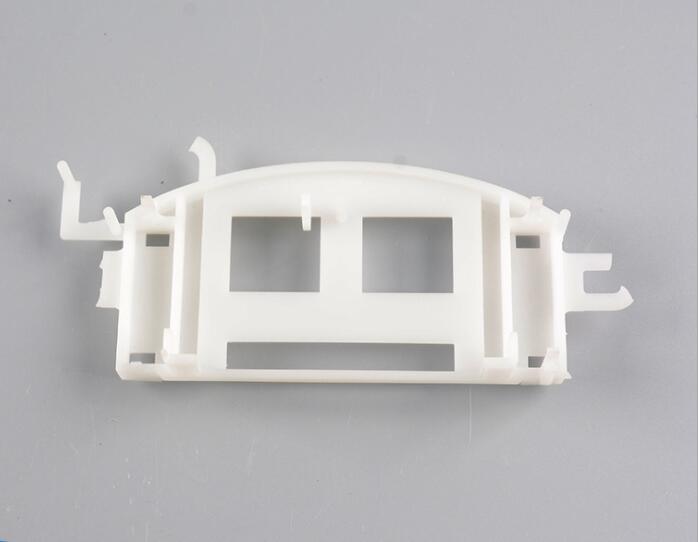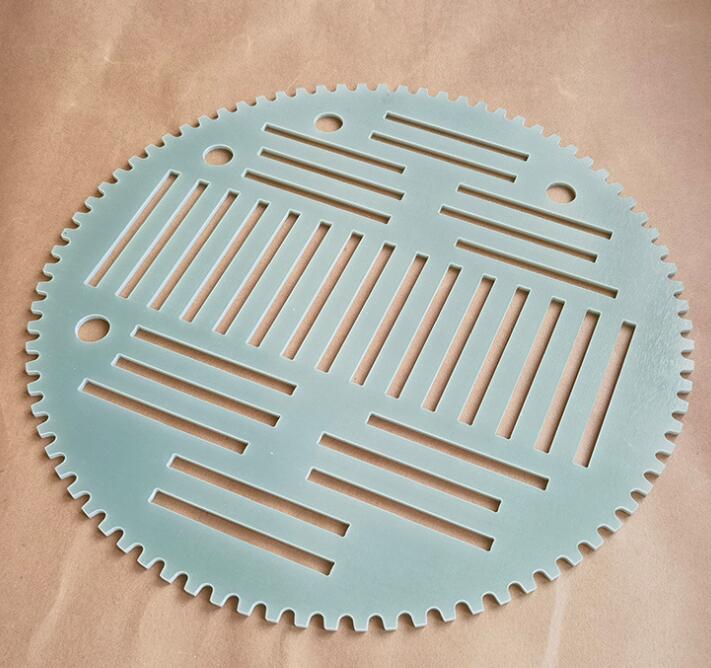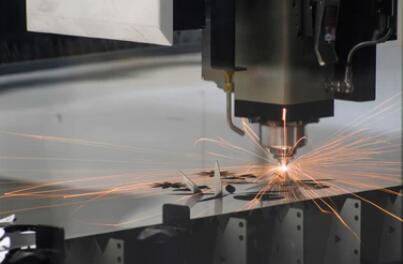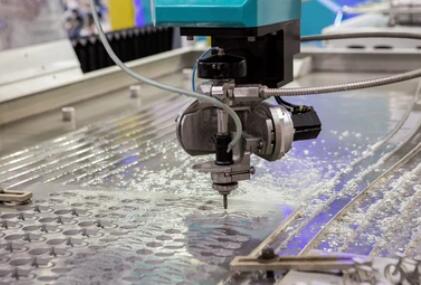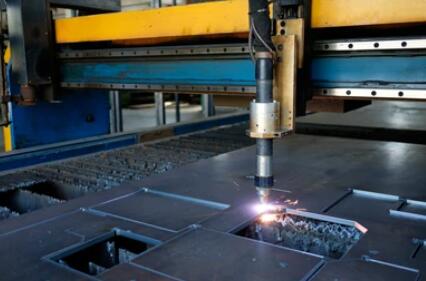PVC, short for Polyvinyl Chloride, is a synthetic polymer made from the polymerization of vinyl chloride monomers. It can be rigid or flexible, depending on the additives used during its production.
Advantage
Durability: PVC is highly durable and long-lasting; it can withstand harsh weather conditions, chemicals, and physical stress without significant degradation.
Versatility: PVC is available in various forms, including pipes, fittings, sheets, films, and profiles.
Cost-effectiveness: PVC is a cost-effective material due to its abundance, ease of manufacturing, and low production costs.
Electrical Insulation: PVC is an excellent electrical insulator, making it suitable for wiring, cables, and electrical components. Its insulating properties help prevent electrical shocks and ensure the safe transmission of electricity.
Disadvantages
Environmental Impact: PVC production involves the use of chlorine and plasticizers, which can have environmental implications if not properly managed. Recycling PVC can also be challenging due to its composition.
Thermal Stability: PVC has a lower thermal stability compared to some other engineering plastics. It may soften or deform at high temperatures, limiting its use in applications with elevated temperatures.
Applications
Construction: PVC is extensively used in the construction industry for pipes, fittings, window profiles, flooring, and roofing membranes.
Healthcare: PVC is widely used in the healthcare industry for medical tubing, blood bags, IV bags, and various medical devices.
Electrical and Electronics: PVC is utilized in electrical wiring, cables, insulation, and connectors due to its excellent electrical insulating properties
Learn more about PVC machining: https://www.worthyhardware.com/cnc-machining-pvc/
11. UHMW
UHMW (Ultra-High Molecular Weight Polyethylene) is a type of polyethylene with an exceptionally high molecular weight, resulting in a dense and durable material. It is produced through a process called gel spinning or sintering, which aligns and strengthens the polymer chains. UHMW exhibits superior toughness and impact resistance compared to other polyethylene grades.
Advantage
Excellent Wear Resistance: UHMW has outstanding wear resistance, even in highly abrasive environments.
High Impact Strength: UHMW possesses exceptional impact strength, making it resistant to fractures and breakage. It can withstand high-velocity impacts without losing its structural integrity, ensuring reliable performance in demanding applications.
Low Coefficient of Friction: UHMW exhibits a low coefficient of friction, comparable to that of PTFE (Polytetrafluoroethylene).
Self-Lubricating: UHMW possesses self-lubricating properties, helping minimize maintenance requirements and ensures smooth operation in high-friction environments.
Disadvantages
Limited Temperature Range: UHMW has a lower melting point compared to some other engineering plastics.
Difficult to Bond: UHMW can be challenging to bond using conventional adhesives due to its high molecular weight and low surface energy. Special surface treatments or mechanical fastening methods may be required for effective bonding.
Applications
Manufacturing and Engineering: UHMW is used in manufacturing and engineering applications such as gears, bearings, bushings, and wear strips
Material Handling: UHMW is employed in material handling equipment, including conveyor belts, chutes, and guide rails. Its low friction properties and high impact strength facilitate efficient movement of materials without damage or excessive wear.
Sports and Recreation: UHMW is employed in sports and recreational equipment such as ski bases, snowboard surfaces, and skate park components.
12. PP


